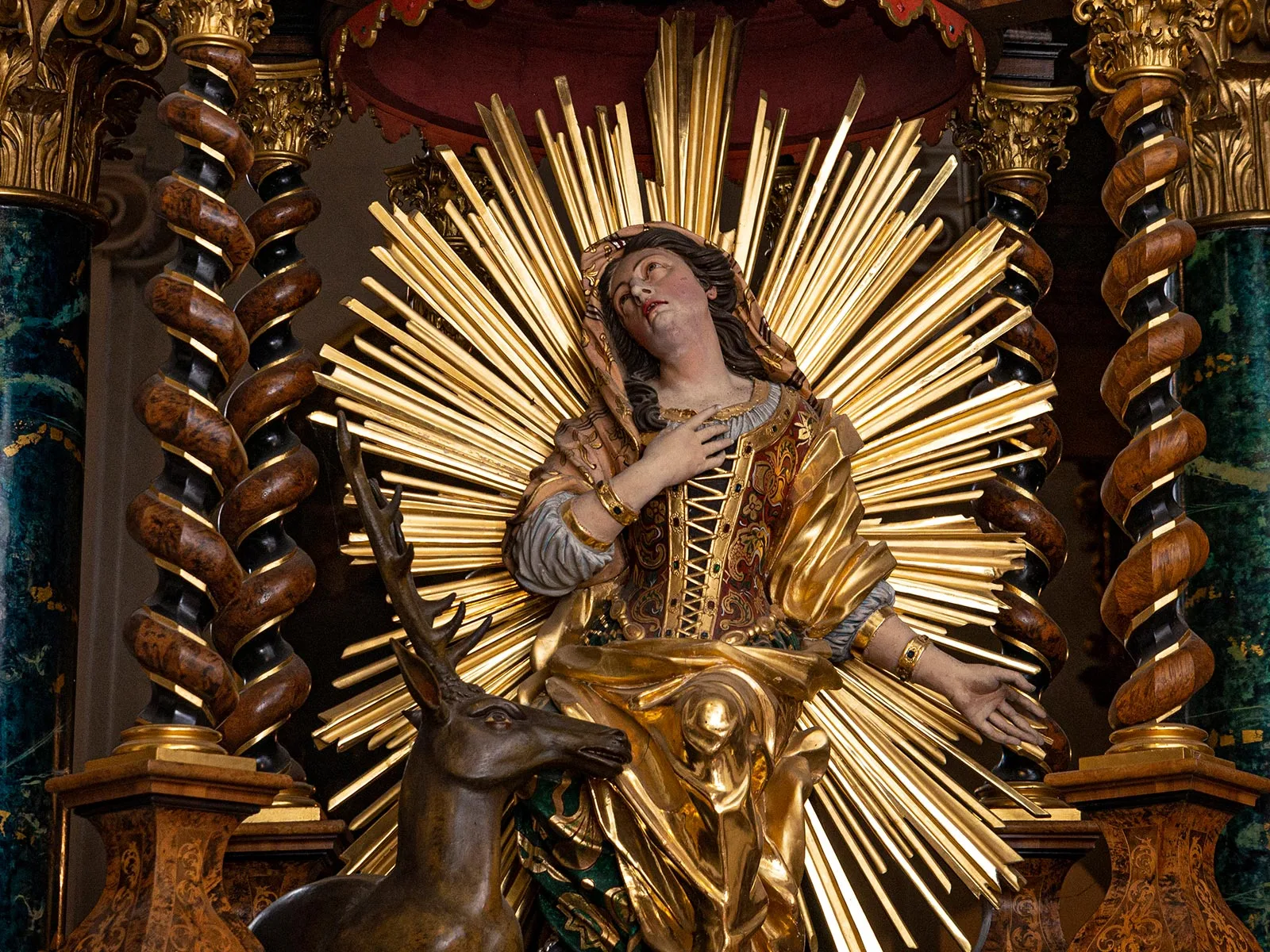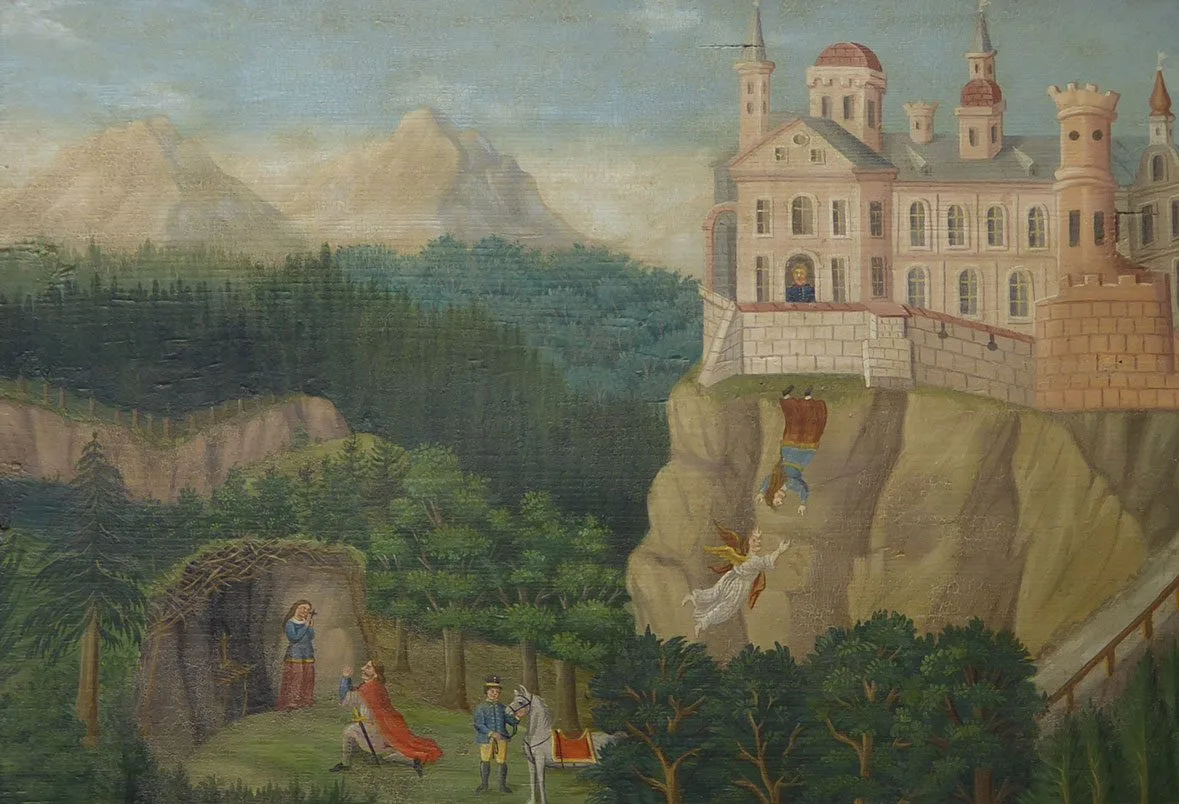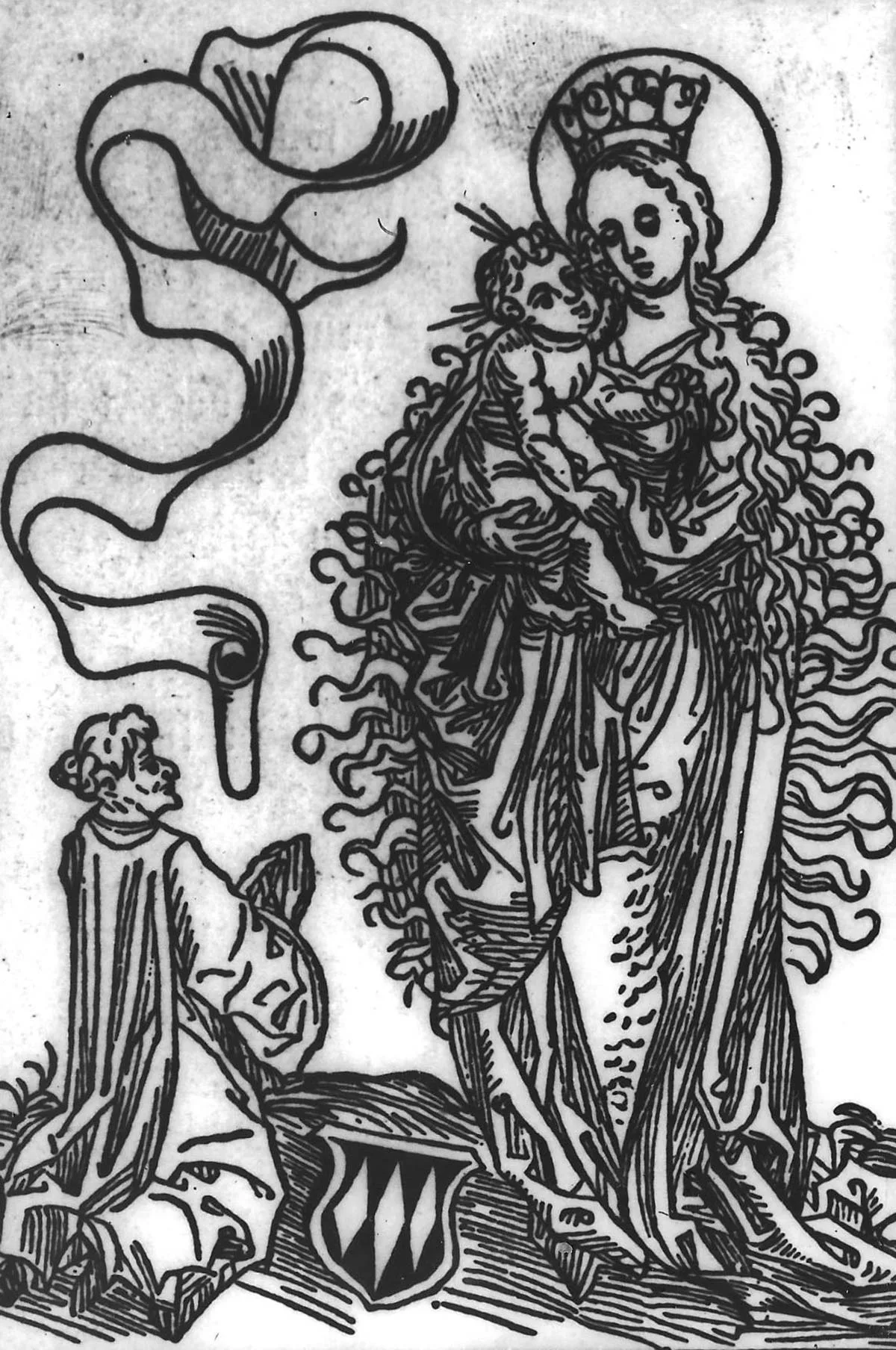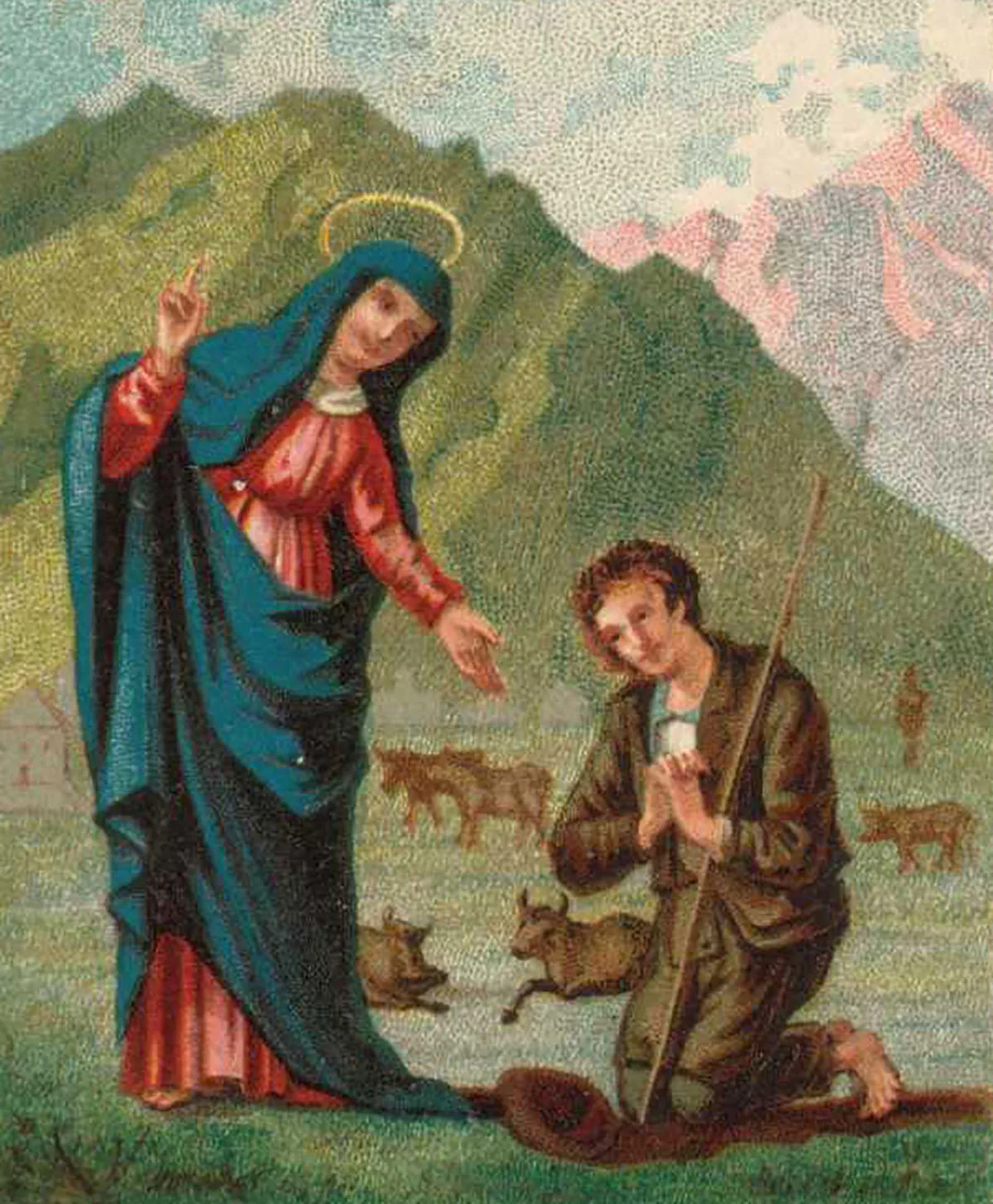
Birth of a legend
Since the 15th century, Saint Idda of Toggenburg has been venerated at Fischingen Abbey. Her legend was invented to make the monastery more attractive.





Since the 15th century, Saint Idda of Toggenburg has been venerated at Fischingen Abbey. Her legend was invented to make the monastery more attractive.



